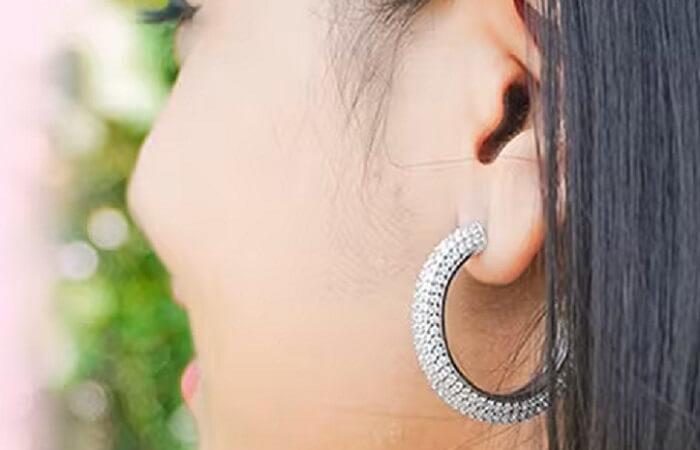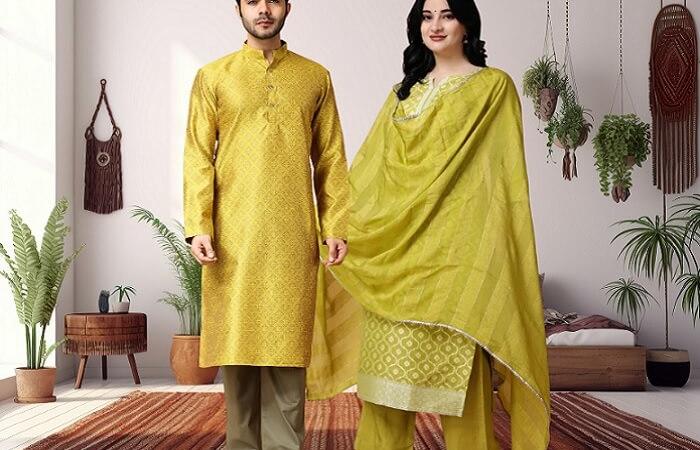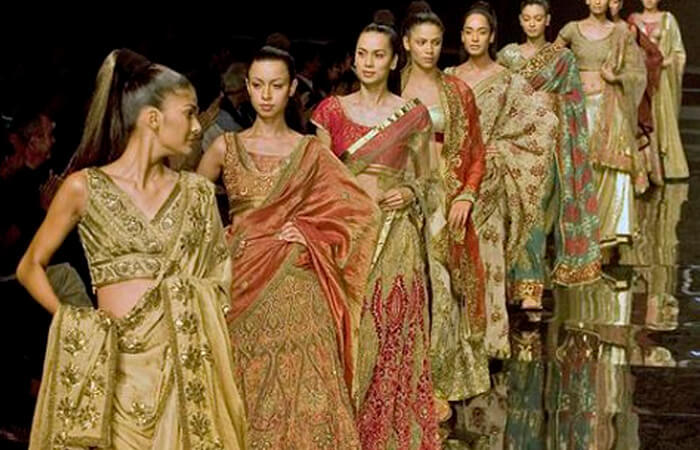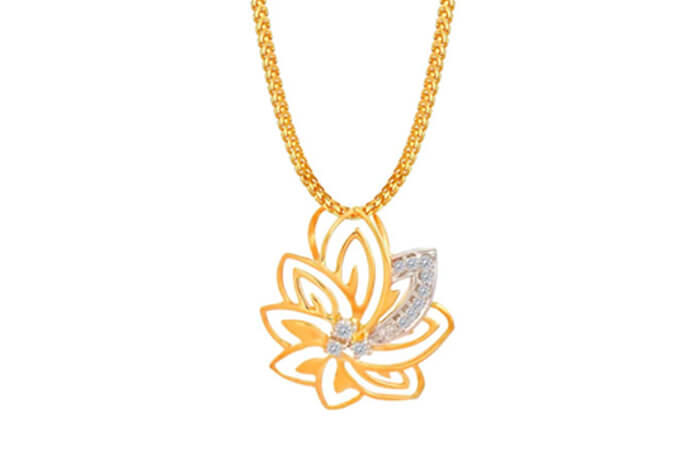13 Sarees of the culturally rich Indian heritage
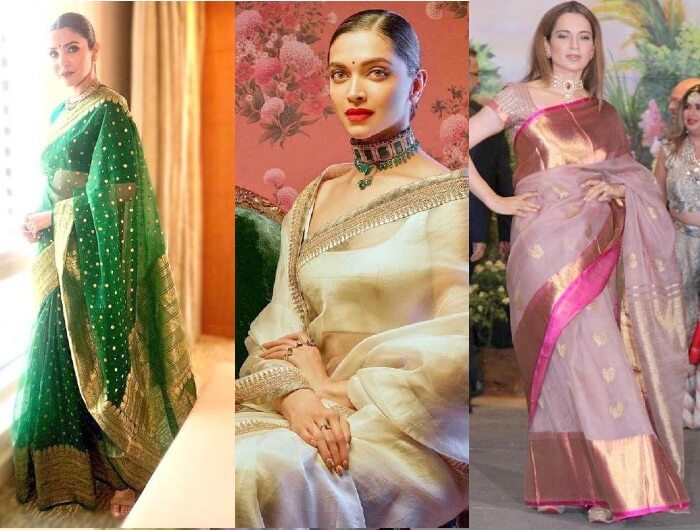
There’s no denying to the fact that the six yards of fabric is one of the most elegant garment that has been created. Its fluid drape has weaved the global fashion world in its magic. And if you too love its magic then you have great options to choose from. In fact, if you love wearing sarees then here are some beautiful kinds of sarees you should have in your traditional wardrobe.
So here are 13 beautiful sarees from every nook and corner of the culturally rich Indian heritage that you must invest in.
Chanderi from Madhya Pradesh
This one comes from the Chanderi region in Madhya Pradesh and is stylishly simple. The Chanderi saree is a lightweight saree that comes with a light zari border lending it a touch of richness. These are typically made from a blend of silk and cotton. Chanderi Silk sarees are more expensive, while cotton sarees are more affordable. Chanderi sarees come in a variety of designs, including floral, geometric patterns, and traditional Indian motifs.
Jamdani from Bengal
This silk saree also called Dhakai-Jamdani as it originated from Dhaka, Bangladesh, is famous for its traditional motifs of flowers that are represented like a garden that signifies bloom or good beginning. If you are a Bengali bride then your trousseau is incomplete without a Jamdani saree.
Muga Silk from Assam
Muga silk is special and different due to the silkworms that they are made of. These silkworms feed on Machilus Bombycina (Som) and Litsea Polyantha (Soalu) leaves and how the silk is adapted in the Assamese Mekhala Chador is simply fascinating. You have to have a Muga silk saree from Assam in your wardrobe.
Kanjeevaram from Tamil Nadu
Kanjeevaram sarees are the Benarasi sarees of South India. They are beautiful silk sarees made mostly out of mulberry silk and are known for its decorative and elaborate gold borders that come with traditional motifs and intricate patterns.
Kasavu from Kerala
A simple yet beautiful cotton saree in off-white with a golden border, the Kasavu developed as an extension from the Kerala mundu-saree. It is Kerala’s costume dress and the deities of the region too are adorned in Kasavu sarees.
Pochampally from Telangana
It is like similar to an Ikat saree but differs in the design and the silk material. Pochampally looks rich and gives a luxe feel.
Benarasi from Varanasi
Your saree wardrobe is incomplete without a Benarasi one in your collection. Any Benarasi saree is like an art piece as the silk used to weave them is hand woven and it is not only a piece of art but also a piece of history rolled in to the six yards of fabric.
Sambalpuri Ikat from Odisha
Ikat saree comes in both cotton and silk fabric and is famous for its beautiful geometric patterns that are known as Ikat. It is a double weave fabric that’s woven to make patterns during the yarn stage itself.
Kalamkari from Rajasthan
The art of hand painting on fabric using a pen is how Kalamkari got its name. If you truly wish to own a piece of heritage then you can with a Kalamkari saree. It comes in both cotton and silk fabrics and are pretty popular. Kalamkari sarees are usually painted using organic and vegetable dyes so are environment-friendly.
Patola from Gujarat
This one’s a craft wonder that can get extinct, so better to have one in your closet as soon as you can lay hands on them. A double weave hand dyed saree before the warp and weft are woven together to create a beautiful patterns by the only 30 or so left Patola weavers. Did you know it takes about almost a year to create one Patola saree? All the more reason to get one soon!
Leheriya from Rajasthan
A tie-dye saree that comes from the colourful state of Rajasthan where it is a daily wear saree. The tie-dye technique refers to waves and swirls and generally comes in bright colours.
Bandhini from Gujarat
Another tie-dye saree, the Bandhini saree is made by tying small knots on the fabric with a resist so the colour does not flow everywhere. Tie-dye technique was discovered in Japan and came down to Gujarat with people travelling from Gujarat to Japan. The Bandhini saree is usually made in chiffon material.
Paithani from Maharashtra
Named after the Paithan town in Aurangabad, these sarees are made from very fine silk and are hand woven. You can recognize a Paithani saree by its border of an oblique square design and a peacock on the pallu. One colour is weaved lengthwise while the other is weaved widthwise.
Suggested Read: Saree – The dress of Indian Women History

